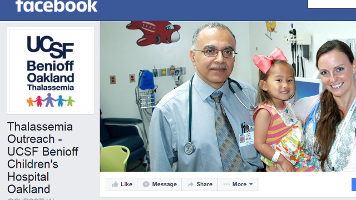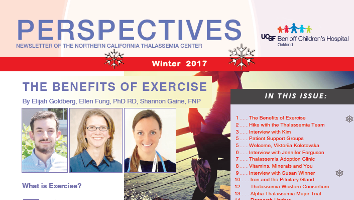14.0 - ACUTE INFECTION
Acute infection remains a major cause of death in thalassemia patients. A vigilant approach to recognizing and treating serious infections will prevent unnecessary mortality. Patients should be educated on management of fever and acute symptoms, with advanced understanding of who to call and where to seek care. Easy access to medical records can assist in the rapid assessment and treatment of patients. This can be facilitated by patients carrying health records listing diagnosis, complications, and treatments.
Prophylactic antibiotics for splenectomized patients do lower the risk of pneumococcal infections. However, gram-negative organisms are the major cause of bacteria in thalassemia patients. Prompt treatment with broad spectrum antibiotics should start before the results of blood cultures are indicated. Patients with central venous catheters may have staphylococcus epidermidis and require vancomycin therapy. Thalassemia patients have an increased risk of Yersinia enterocolitica. This iron-avid organism may present clinically with fever, abdominal pain, and diarrhea. Antibiotics should be started before stool and blood culture results are available. In general, all chelation therapy should be stopped until the febrile illness is adequately treated.












